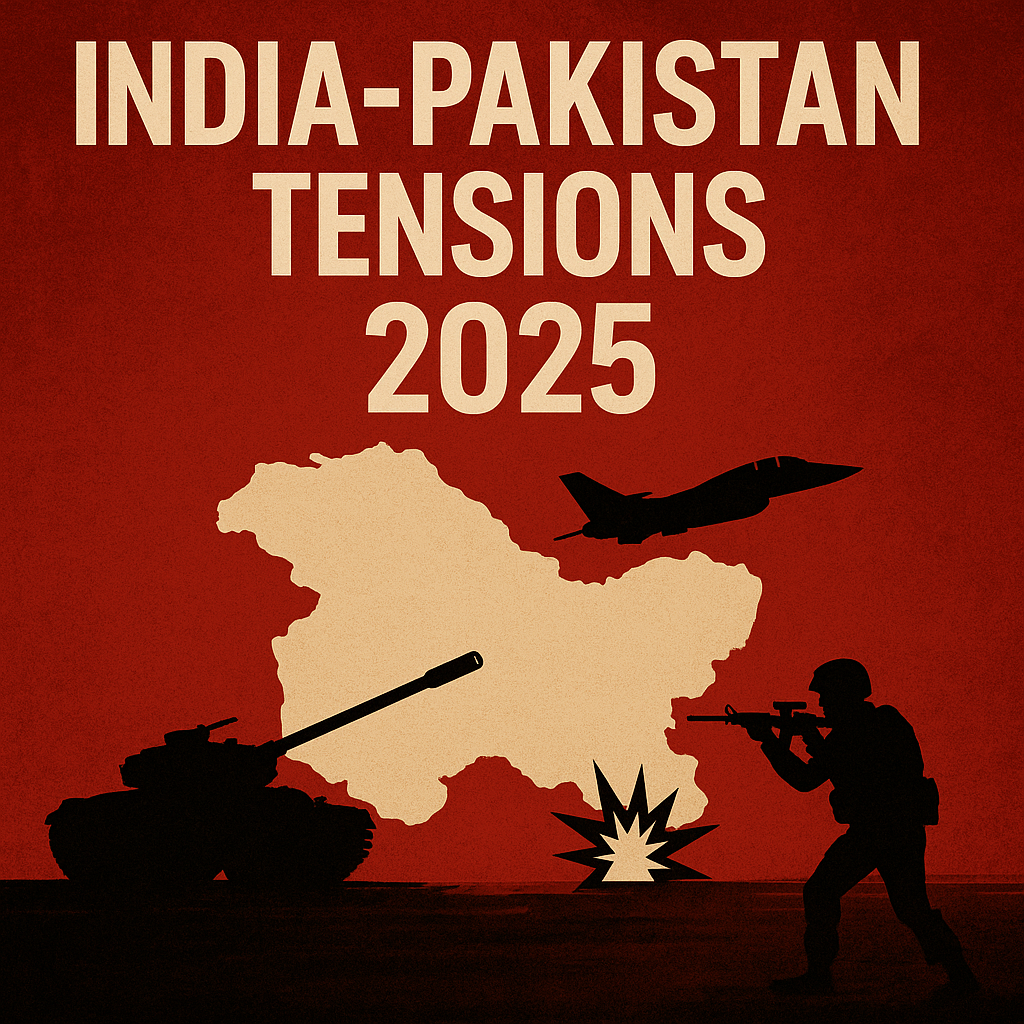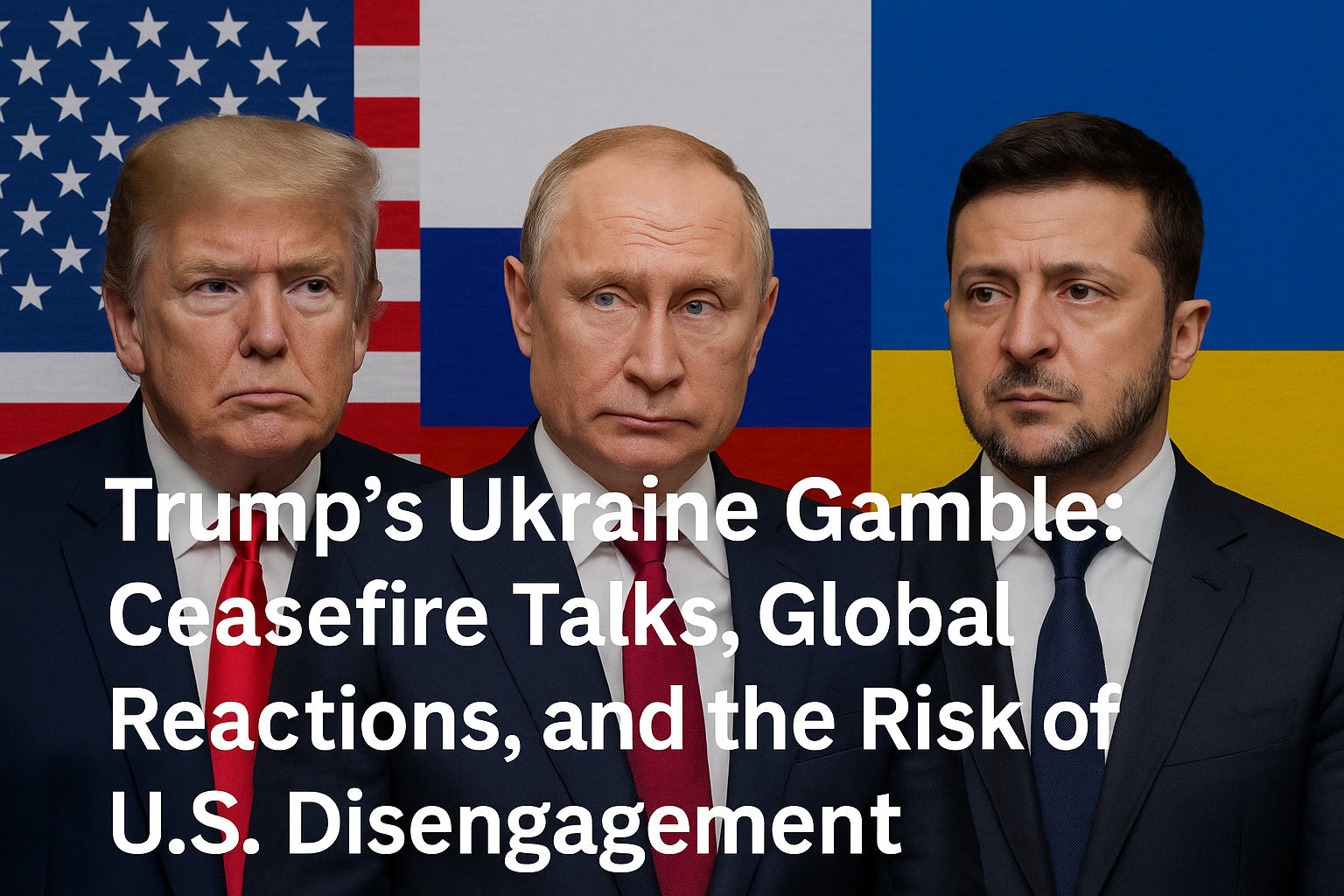
In May 2025, India and Pakistan found themselves on the brink of a full-scale war following a deadly terror attack in Indian-administered Kashmir. The situation escalated rapidly, leading to intense military engagements across land, air, and sea. However, a U.S.-brokered ceasefire has temporarily halted hostilities, offering a fragile respite in a region long fraught with tension.(The Wall Street Journal)
The Spark: Pahalgam Terror Attack
The immediate catalyst for the escalation was a militant attack on April 22 in Pahalgam, a popular tourist destination in Indian-administered Kashmir, which resulted in the deaths of 26 Indian tourists. India attributed the attack to Pakistan-based militants, a claim that Islamabad denied. In retaliation, India launched “Operation Sindoor” on May 7, targeting multiple locations within Pakistan, including Bahawalpur, Muridke, and Muzaffarabad. These strikes reportedly resulted in significant casualties, including close aides and family members of Jaish-e-Mohammed chief Masood Azhar. (AP News, The Wall Street Journal, Wikipedia)
Escalation and Military Engagements
Following India’s strikes, Pakistan responded with its own military actions, leading to a series of retaliatory attacks from both sides. The conflict saw the use of advanced weaponry, including drones and loitering munitions, raising concerns about the potential for further escalation. Both nations claimed to have inflicted significant damage on the other, with India asserting it had eliminated over 100 militants and downed several Pakistani fighter jets, while Pakistan claimed to have shot down five Indian jets, including Rafale aircraft. (The Wall Street Journal, theaustralian)
Ceasefire Agreement and Diplomatic Efforts
Amidst growing international concern, the United States intervened diplomatically, with President Donald Trump announcing a ceasefire between the two nations on May 10. The agreement, which took effect at 5:00 PM local time, was reached after significant U.S. diplomatic efforts led by Secretary of State Marco Rubio and Vice President JD Vance. Both India and Pakistan agreed to halt all military actions across land, air, and sea. (The Times of India, The Wall Street Journal, www.ndtv.com)
Despite the ceasefire, tensions remained high. India reported violations of the agreement shortly after it came into effect, accusing Pakistan of unprovoked firing along the Line of Control (LoC). Pakistan denied these allegations, emphasizing its commitment to the truce. (Wikipedia)
Military Communications and Ongoing Vigilance
In an effort to maintain the ceasefire, top military officials from both countries engaged in direct communication. On May 12, the Directors General of Military Operations (DGMOs) from India and Pakistan held talks to discuss the finer details of the ceasefire and address any concerns. Both sides agreed to remain vigilant and warned each other of the consequences of violating the agreement. (The Times of India, BBC)
India also announced the reopening of 32 airports for civilian use, which had been closed due to safety concerns during the conflict. This move signaled a tentative step towards normalization, although both nations maintained a cautious stance.
Regional Implications and China’s Involvement
The conflict between India and Pakistan has broader regional implications, particularly concerning China’s strategic interests. The hostilities provided China with a unique opportunity to gather intelligence on Indian military capabilities. China’s advanced satellite network and close military ties with Pakistan allowed it to monitor Indian military activities in real-time, offering insights into weaponry and tactics used during the conflict. (The Daily Star, Reuters)
Domestic Political Reactions
The U.S.’s role in brokering the ceasefire sparked political debates within India. Opposition parties questioned the government’s decision to involve a third party, suggesting it undermined India’s sovereignty and the Simla Agreement, which emphasizes bilateral resolution of disputes. The ruling Bharatiya Janata Party (BJP) refuted these claims, asserting that there was no foreign mediation and that India’s actions were in line with national interests. (The Times of India)
Conclusion
The recent escalation between India and Pakistan underscores the fragile nature of peace in the region. While the U.S.-brokered ceasefire has temporarily halted hostilities, the underlying issues, including cross-border terrorism and territorial disputes, remain unresolved. Both nations continue to assert their positions, and the potential for future conflicts persists. The involvement of external powers like the United States and China adds further complexity to the situation, highlighting the need for sustained diplomatic efforts and confidence-building measures to ensure long-term stability in South Asia.









